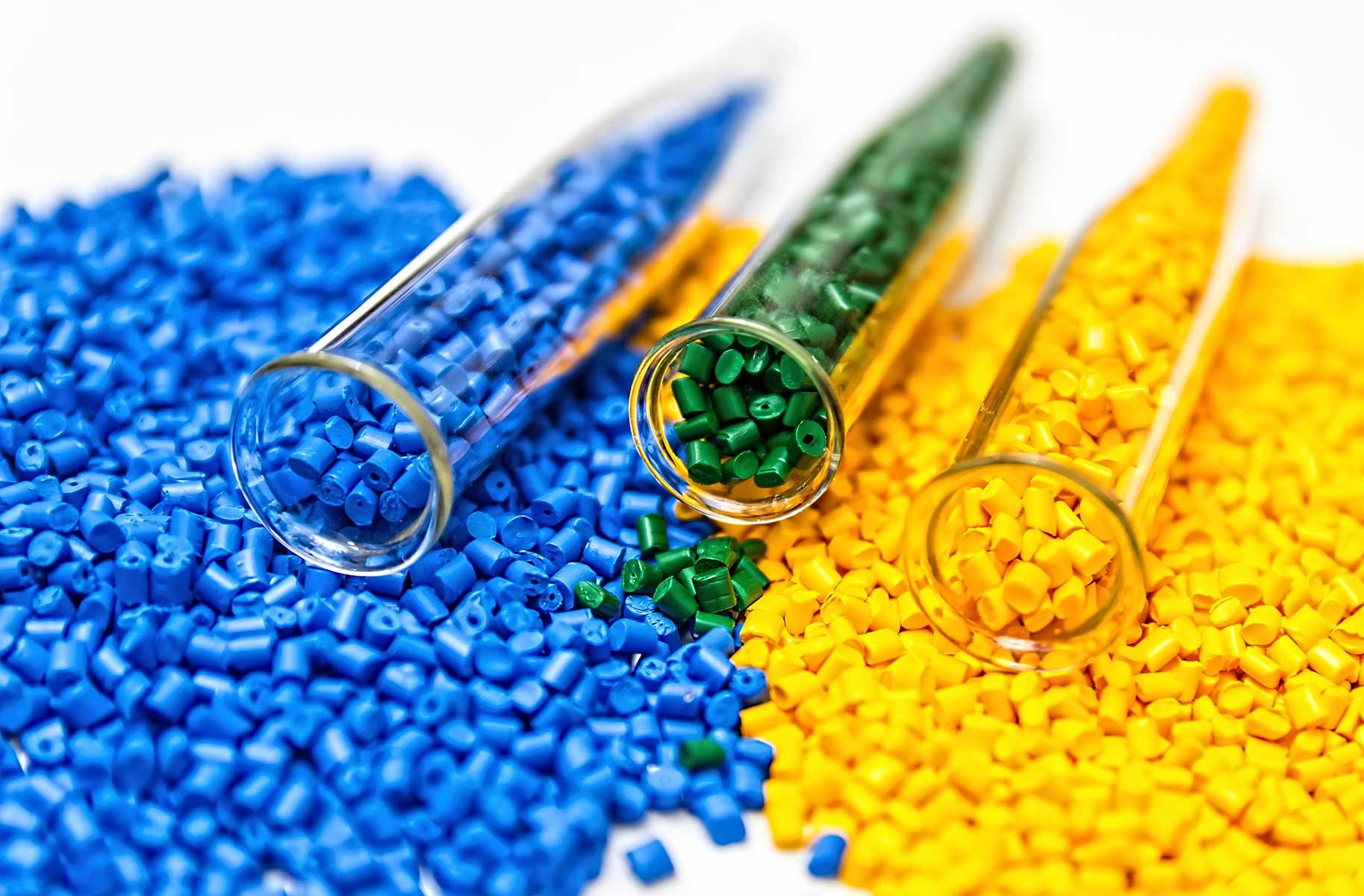T he chemical industry is critical for the economic development of any country. Indian chemical sector accounts for ~13% of the gross value...
T he chemical industry is critical for the economic development of any country. Indian chemical sector accounts for ~13% of the gross value added by the industries segment. With Asia's increasing contribution to the global chemical industry, India emerges as one of the focus destinations for chemical companies worldwide. Chemical industry is critical for the economic development of any country as it offers products and solutions for virtually all sectors of economy. The chemical industry in India currently stands at ~USD 115 Bn in FY13 and is expected to grow at ~8% p.a. over the next 5 years.
Indian petrochemical industry which includes the end products like polymers, synthetic fibers, surfactants etc. constitute ~20% i.e. ~USD 23 Bn market. Petrochemical products permeate the entire spectrum of daily use items and cover almost every sphere of life like clothing, housing, construction, furniture, automobiles, household items, agriculture, horticulture, irrigation, packaging, medical appliances, electronics and electrical etc. These industries hence drive the demand growth of petrochemicals. Current low per capita consumption level of plastic products as compared to developed countries per capita consumption suggests that India offers a huge opportunity over long term
A wide variety of plastics raw materials are produced to meet the material needs of different sectors of the economy. These polymeric materials are broadly categorized as commodity, engineering and specialty plastics. Commodity plastics are the major products that account for bulk of the plastics and in turn for petrochemical industry. Commodity plastics comprise of Polyethylene (PE), Polypropylene (PP), Polyvinyl Chloride (PVC) and Polystyrene. While engineering and specialty plastics are plastics that exhibit superior mechanical and thermal properties in a wide range of conditions over and above more commonly used commodity plastics and are used for specific purpose. These include styrene derivatives (PS/EPS & SAN/ABS), polycarbonate, poly methyl methacrylate, polycarbonates, poly oxy methylene (POM) plastics etc. There are three broad types of PE, viz: Low-density Polyethylene (LDPE), High-density Polyethylene (HDPE) and Linear Low-density Polyethylene (LLDPE). Major plastic materials like PE and PP are derived from Ethylene and Propylene respectively, while other plastics such as PVC, PS & ABS and PC are produced from benzene, butadiene and other feedstock. Plastics industry is one of the fastest growing industries in India. It has expanded at ~8% CAGR over the last five years to reach ~8.5 MnTPA (million tonnes per annum) in FY13 from ~6 MnTPA in FY08. (Refer Figure 3). 1) Demand overview Knowledge & Strategy Partner 08 Polyethylene (PE) is the most largely used plastic raw-material by Indian industry. Its demand has grown at 8% CAGR in last 5 years to reach ~3.6 MnTPA in FY13. Polypropylene (PP) is the second largest with consumption growing from 1.8 MnTPA in FY08 to 2.1 MnTPA in FY13 at a growth rate of 2% p.a. Polyvinyl Chloride (PVC) demand has grown at 10% p.a. from 1.2 MnTPA to 2.1 MnTPA in FY13. Poly-Styrene (PS) has observed a slower growth rate of 3% p.a. to reach ~250,000 TPA in FY13, while other (PC/ ABS etc.) have grown at 7% p.a. from 94,000 TPA to 141,000
TPA in FY13 (Ref figure 4) Figure 4: Demand breakup of plastics by types, Fy13 A report on Plastics Industry Figure 3: Demand growth of plastics ('000 TPA), CAGR, FY08-13 9000 7500 6000 4500 3000 1500 0 FY08 FY13 PVC Polypropylene HDPE Polyestyrene Others 5,824 8,456 Source: Chemicals & Petrochemical Statistics, Analysis by Tata Strategic 3% 10% 2% 7% 8% LDPE 5% PS 3% Others 2% PVC 28% HDPE 20% PP 24% LLDPE 18% Source: Chemicals & Petrochemical Statistics, Analysis by Tata Strategic A report on Plastics Industry Knowledge & Strategy Partner 09 Polyethylene (PE), which includes HDPE, LLDPE and LDPE (High Density PE, Low Density PE and Linear Low density PE), accounts for the largest share i.e., 43% of total consumption, while PP accounts for 24% of total consumption. Within PE, HDPE is observing a moderate growth and has a consumption share of 20%. LLDPE is expected to grow at higher pace due to its increased penetration in LLDPE applications. Others include PS/EPS, ABS and engineering plastics. To manufacture finished products, polymers are processed through various types of techniques namely extrusion, injection moulding, blow moulding and roto moulding. Various products manufactured through these processes will be doministrated in reference
Western region comprise of Maharashtra, Gujarat, the union territories of Daman and Diu & Dadra and Nagar Haveli along with Madhya Pradesh and Chhattisgarh. The total consumption of plastics in India in 2012-13 was ~10 MnTPA. Out of this Northern India accounted for ~23%. For the purpose of this report Northern India comprises of J&K, Himachal Pradesh, Punjab, Haryana, Uttarakhand, Rajasthan, UP, Delhi and NCR region. Bulk of the consumption in Northern India is from end use industries of Auto, packaging (including bulk packaging), plasticulture applications, electronic appliances etc. Figure below reflects indicative list of some end use industries (Refer Figure 6) in Northern India.

No comments